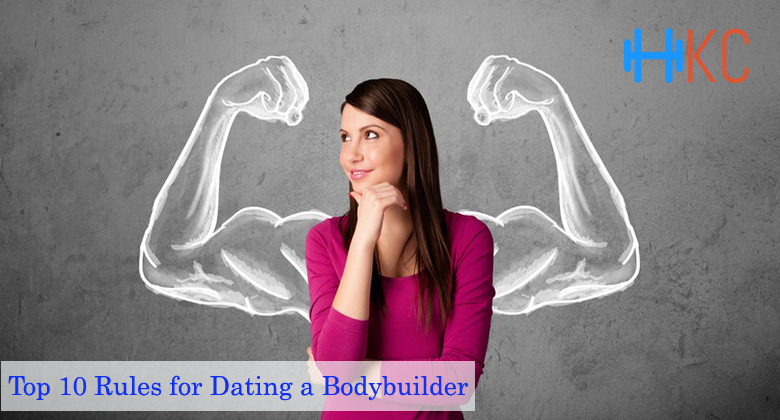The Food and Drug Administration constantly tests different drugs that are available for public use. Normally, the FDA catches potential hazards before they become a serious risk. Recalls occur regularly, however, there have still been dangerous drugs that leaked through the FDA and into the marketplace. These drugs caused severely and, in some cases, deadly side effects leading to them being eventually recalled by the FDA – but not before significant damage already occurred. Here is a look at the most dangerous drug recalls in the FDA’s history.
Diethyistillbestrol
DES was a prescription drug designed to prevent miscarriages and other types of pregnancy complications. However, after 30 years of the drug being on the market, DES was found to cause a rare tumor that grew in the daughters of the women who had taken the drug. The subsequent litigation over DES resulted in a new liability award that influenced how courts and the FDA approach the oversight of drugs that have multiple manufacturers.
Fenfluramine/Phentermine
Fen-Phen was a popular drug for people who were looking to lose weight. The problems started when consumers began experiencing heart disease and other pulmonary issues. The FDA was forced to recall the drug, and the ensuing awards and legal expenses from multiple lawsuits totaled well over a billion dollars.
Rofecoxib
Rofecoxib is one of the largest drugs recalls in history. More than 10 million people took Rofecoxib as a pain reliever, particularly those with arthritis. However, people who took Rofecoxib were found to be susceptible to having a heart attack or stroke. The FDA, as well as the manufacturer of Rofecoxib, Merck, were criticized for ignoring the dangers of the drug and waiting too long to recall it. Acquiesce
Valdecoxib
Bextra is an anti-inflammatory drug that aimed to treat arthritis and pain from other inflammatory issues. Bextra also made its consumers susceptible to heart problems. In a few rare cases, Bextra caused consumers to develop a fatal skin condition.
Cerivastatin
Baycol was designed to help people who were suffering from high cholesterol. However, the drug was linked to a severe muscle disorder called rhabdomyolysis, which caused kidney failure due to protein from dying muscle tissue. Before the FDA recall, Baycol was found to be responsible for over 80,000 deaths, leading to multiple lawsuits.
Troglitazone
Rezulin was initially removed from the market, but not without its manufacturer fighting the FDA every step of the process. Rezulin was an anti-diabetic and anti-inflammatory drug that was linked to hepatitis.
Terfenadine
Seldane was an antihistamine designed to treat allergies while preventing drowsiness. At one point, Seldane had over 100 million consumers. However, the FDA had to recall the drug after users began experiencing cases of cardiac arrhythmia, or abnormal heart activity.
Mibefradil
While not on the market for an extended length of time, Mibefradil was linked to the deaths of over 100 people. The drug became deadly when used together with other drugs. Due to such a high death toll for a drug that was only prescribed to a small number of people, Mibefradil led to a strong debate concerning the FDA’s approval of certain types of drugs.
Phenylpropanolamine
PPA became a popular psychoactive drug without actually being approved by the FDA. PPA helped treat a number of different issues such as dieting, psychological disorders, and colds but was never fully endorsed by the FDA. A study conducted by Yale University found that PPA caused strokes and cardiac arrests. The FDA estimates that over 500 yearly stokes could have been prevented if PPA was replaced by something safer.
Author:- Mark Sadaka from Pharma Watch Dog, the leading Drug Injury Attorney, has a national practice and works with clients from New York to Alaska.
Google Search Terms:-
Famous Drug Recalls
Types of drug recalls
Drug recall policy in Hospital
























